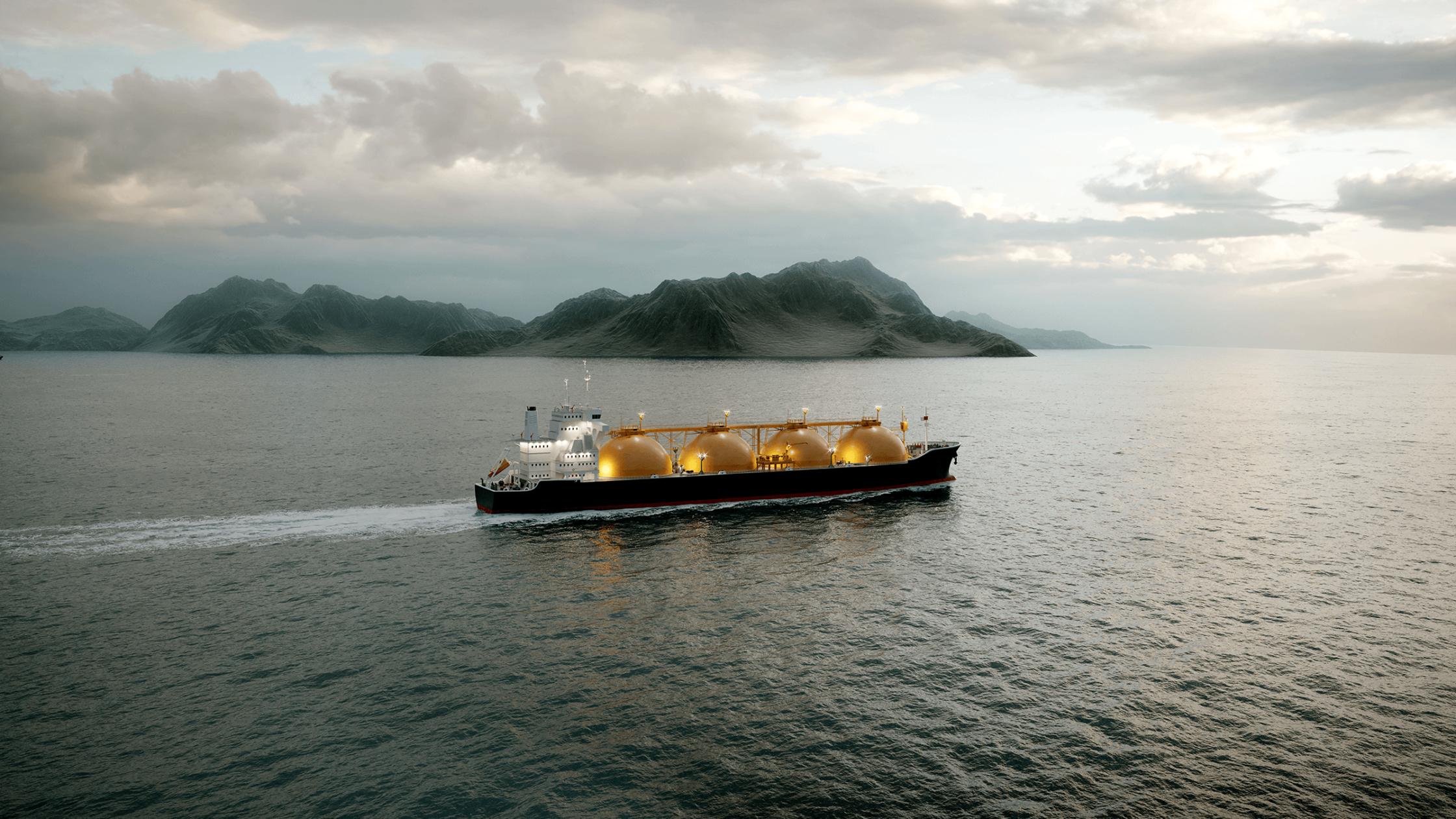Anti-oil and gas activists are misrepresenting the global opportunity for Canadian LNG exports and the benefits these projects have for Indigenous communities. Here are the facts.
LNG reduces global greenhouse gas emissions
Natural gas — traded globally as liquefied natural gas (LNG) — is increasingly used to reduce greenhouse gas emissions and help fight climate change by replacing high-emitting coal for electricity and other processes.
Switching power generation from coal to natural gas reduces emissions by 50 per cent on average, according to the International Energy Agency (IEA).
In the Asia Pacific region, coal continues to be the main source of energy, with more new plants on the way. As of July 2021, there were 195 new coal-fired power plants under construction around the world including 95 in China, 28 in India, and 23 in Indonesia, according to Global Energy Monitor.
LNG demand in the Asia Pacific region is expected to surge as nations look to reduce emissions while their populations and economies grow. For example, South Korea plans to convert 24 coal-fired power plants to natural gas from LNG by 2034.
Canadian LNG will have lower emissions
LNG produced in B.C. is expected to be cleaner than other sources, with emissions intensity that is less than half of the global average, according to a report by Oxford Energy Institute.
The process to liquefy natural gas at the LNG Canada plant currently construction is estimated to generate 0.15 per cent CO2 emissions per tonne of LNG, compared to the global average of 0.35 per cent per tonne. The smaller proposed Woodfibre LNG project, powered by low-emissions hydroelectricity, would have an even smaller footprint of 0.04 per cent emissions per tonne of LNG.
LNG Canada says its low GHG footprint will be achieved through widespread electrification of upstream operations like drilling and processing; the use of green power from B.C.’s hydro-driven electrical grid; use of highly efficient gas turbines at the liquefaction plant; and lower-emissions natural gas.
Regulators in Washington state recently required a new U.S. LNG project to use natural gas supplied from Alberta or B.C. in order to reduce the project’s environmental impacts.
A life-cycle analysis including “upstream” emissions from natural gas production found Canada to have a lower footprint than the US, where emissions “may be as much as five times higher than those for Canada.”
“LNG is not a 100 per cent solution to our climate problem, but it can significantly help to reduce emissions if it replaces coal,” IEA executive director Fatih Birol said earlier this year. “Canada being a reliable supplier to Asia is an important advantage [compared to] other countries.”
Global LNG demand is surging
LNG demand stayed strong in 2020 even with the lockdowns intended to stop the spread of COVID-19. According to Shell’s latest industry outlook, global LNG demand actually grew last year, to 360 million tonnes.
LNG demand is expected to double to 700 million tonnes in 2040, driven by Asian economies reducing reliance on coal.
For example, China is constructing a new US$1 billion, 4 million tonne per year LNG import and storage base in Guandong province, with plans to expand capacity to 10 million tonnes per year.
Meanwhile, Qatar is building the world’s largest LNG project, a US$29 billion investment to increase the country’s LNG export capacity to 110 million tonnes per year, with a planned second phase to further increase capacity to 126 million tonnes per year.
Global LNG demand is expected to remain resilient even if the world moves more aggressively to decarbonize, according to analysts with Wood Mackenzie.
In a scenario that aligns with the Paris agreement’s 2-degree warming limit, Wood Mackenzie projects that LNG demand will increase even as renewables ramp up because of Asia’s efforts to reduce reliance on coal.
LNG benefits Indigenous communities
The First Nation closest to the LNG Canada project has seen transformation because of their relationship, according to Chief Councillor Crystal Smith.
For the Haisla Nation, this includes employment opportunities, new social programming, a new apartment complex and a new health centre that for the first time includes space for traditional healing.
The Coastal GasLink pipeline that connects B.C. natural gas with LNG Canada has the support of all 20 elected Indigenous bands along its route. The project is 48 per cent complete and has spent $825 million with Indigenous and local companies so far. LNG Canada, now in its third year of construction, has spent more than $2 billion with Indigenous and local businesses to date.
Seizing the opportunity, B.C. First Nations are now moving forward with their own LNG projects.
The Haisla Nation is 50 per cent owner of the proposed Cedar LNG project, which if built will be the largest First Nations-owned infrastructure project in Canada. Its natural gas supply will come through the Coastal GasLink pipeline that also serves LNG Canada.
It’s one of two proposed projects in B.C. with Indigenous ownership. The other, Ksi Lisims LNG, is owned jointly by the Nisga’a Nation, Rockies LNG and Western LNG.
LNG creates jobs across Canada
Canada’s LNG opportunity could spark an employment wave that rolls across the country over the long term, according to a 2020 report by the Conference Board of Canada.
In a scenario based on relatively conservative expansion, the Conference Board estimated that Canadian LNG could support 96,550 direct, indirect and induced jobs annually across the country between 2020 and 2064.
“Post-pandemic, the Canadian economy will need stimulus. An LNG industry brings long-term investment and production that can contribute to the country’s economic recovery,” the Conference Board said.
The unaltered reproduction of this content is free of charge with attribution to Canadian Energy Centre Ltd.
